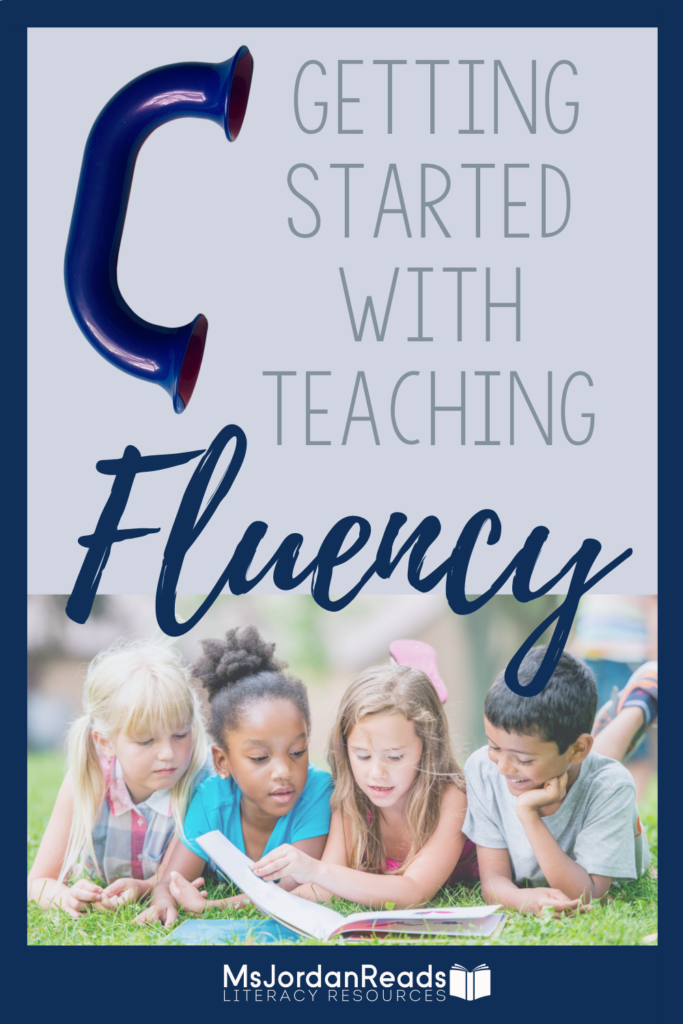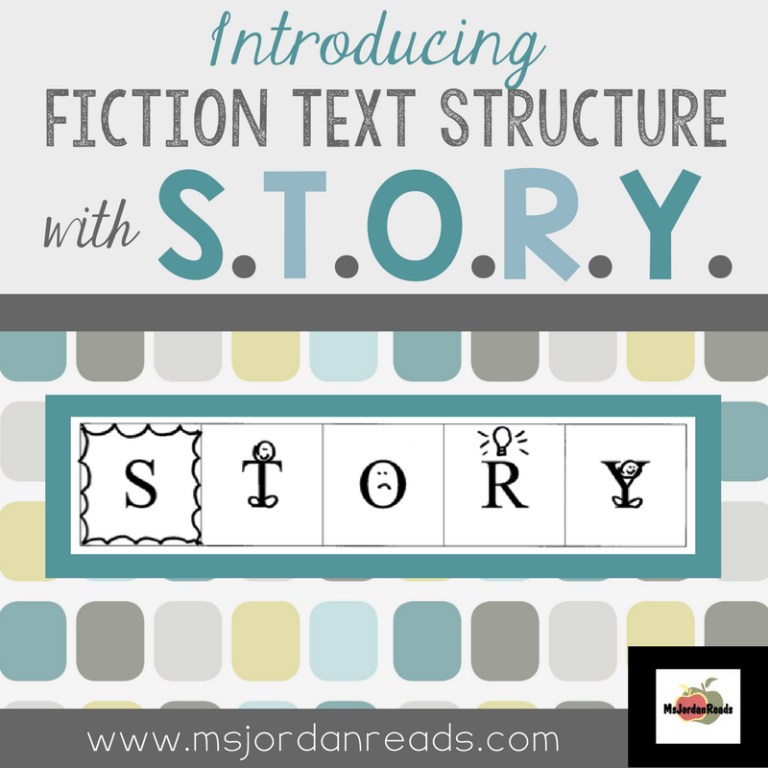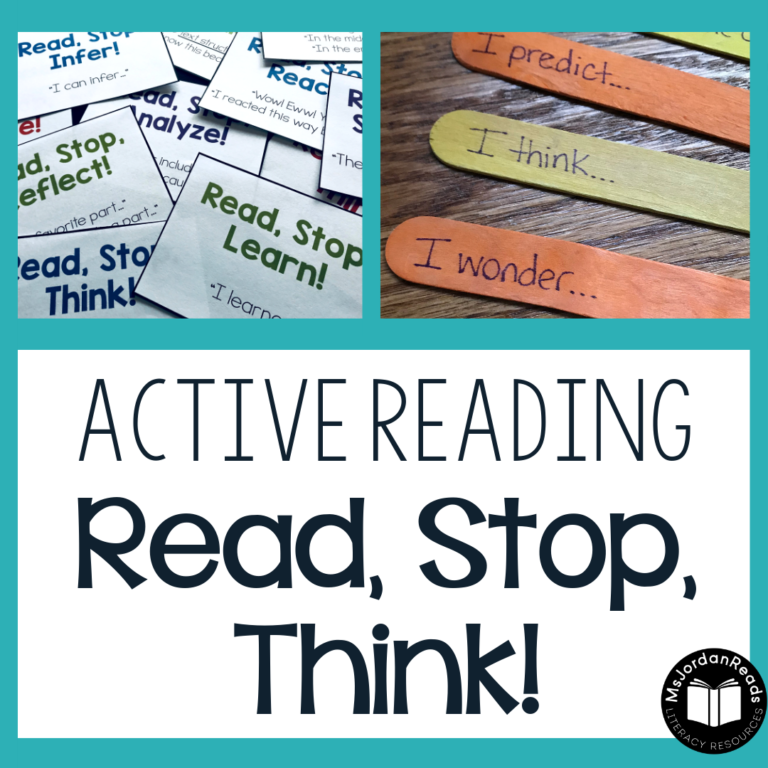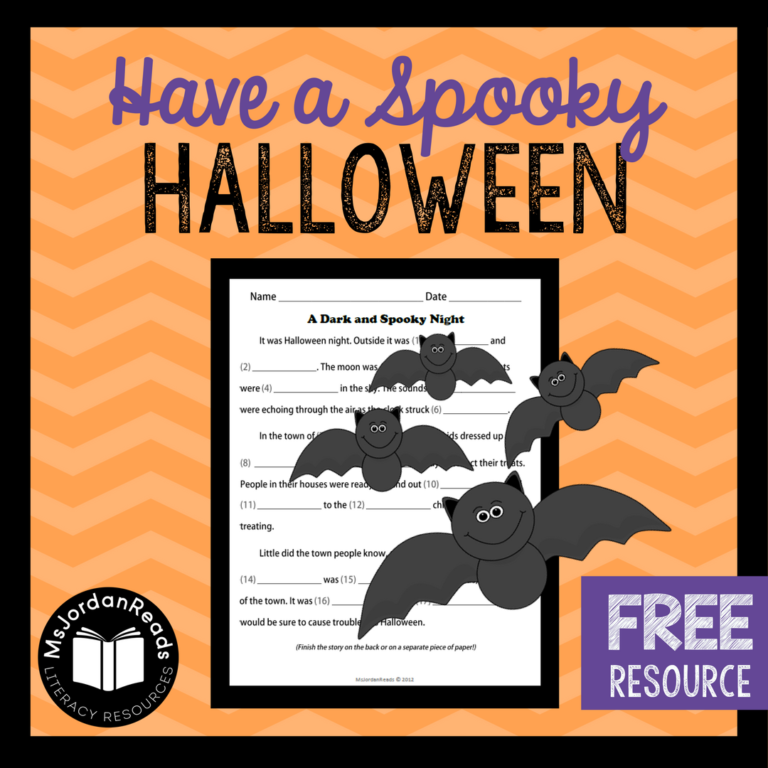Fluency 101: Getting Started with Teaching Reading Fluency in the Classroom
Fluency is the ability to read smoothly and automatically with accuracy, expression, and attention to punctuation. It is essential to reading and the bridge between decoding and comprehension. Fluency is not a natural skill for many students, but the good news is, even the most disfluent readers can improve their fluency skills with explicit instruction, guided practice, and effective interventions!
Fluency Vocabulary
Many people still define fluency as reading with speed, but there is SO much more to it than that. With there being many components to fluency, it’s important to understand the vocabulary. This will help ensure your intervention is targeting the right issue!
- Pace is the speed at which the student reads. The goal is to not read too fast or too slow, but at a just right pace.
- Phrasing is reading words in groups or phrases, rather than one word at a time. Students should be able to identify groups of words and scoop them together to form meaningful phrases.
- Expression is reading with feeling in your voice. Students should be able to change their voice to match the characters and tone of the text. The goal is to sound like you’re talking and not like a robot.
- Punctuation is paying attention to all punctuation marks while reading; ensuring a full stop at periods and pausing at commas. It is also matching your voice to show questions and exclamations. The punctuation marks should guide students’ expression.
- Accuracy is the ability to read a text correctly and with minimal errors. If errors occur, students should be able to fix them up to maintain the accuracy of the text.
- Automaticity is the recognition of sounds and words quickly, which allows for appropriate pace, phrasing, and accuracy. This automatic recognition of sounds and words usually comes with multiple exposures to sight words and phonics patterns.
- Prosody is reading a text with expression while applying appropriate pauses, rhythm, stress, emphasis, and timing.
- Intonation is when the students change their tone to match the text. Students should be able to show the meaning of the text through the tone of their voices.
Fluency Assessments
Administering an assessment will help you determine if a student is struggling with fluency and if any intervention is necessary. An informal one-minute read is a quick and easy assessment you can implement. Students will read a grade appropriate text while you time them for one minute and mark any errors. You will use the number of errors and the time to calculate the accuracy, automaticity, and the correct words per minute (CWPM).
Once the one-minute read is administered and the results show the student is struggling with fluency, you may wish to administer other assessments to determine if it’s actually fluency, or if there is another issue causing the fluency issue. Running records, fluency speed drills, and accuracy word pairs are examples of assessments that can help you dig deeper.
- Running records will give you a complete miscue analysis, while also taking note of the student’s strengths and weaknesses. This will help determine the necessary targeted interventions.
- Fluency speed drills provide the opportunity to collect pre and post instructional data. They can be done with words, sentences or phrases and the student’s goal is to get a higher number of correct words and better pacing for each drill.
- Accuracy word pairs can be utilized to help students with visual discrimination. Once the student is able to quickly identify different words that look similar, they will be able to read with more automaticity.
Interventions for Improving Fluency
Once fluency is determined to be the issue, there are different interventions you can begin to implement. Continuous reading and practice will improve fluency, so organizing a Fluency Boot Camp is one intervention you can try. A fluency boot camp can be customized to the needs and goals of the students. You can determine the duration, the practice activities students will complete, as well as self-assessments and progress tracking.
There are a lot of ways you can improve fluency in the classroom with everyday activities and readings, such as these five interventions to boost fluency: poetry, reader’s theater, repeated reading, fluency task cards and fluency games.
Students who are disfluent readers may struggle with phrasing and grouping words together in a meaningful way. They must be explicitly taught how to “scoop” or group words together to make the text meaningful, so you may want to explore these five ideas for scooping and phrasing.
Repeated reading is a research based practice that has been shown to improve fluency. The student will be able to practice fluently reading the same text multiple times instead of reading an unfamiliar text and focusing on decoding. The Fluency Five is a five step process that models fluent reading and encourages the student to eventually read the text out loud independently, with fluency.
Need help getting started? Read more about Classroom Tips for Implementing Successful Fluency Interventions.
Progress Monitoring
Monitoring a student’s progress is necessary with any intervention. You’ll want to track student improvements and continuously create new goals. With fluency, any of the assessments above can be used for progress monitoring; however, there are a few that can be used consistently as part of your fluency instruction and routines. One in particular is Cold & Hot Reads. With this intervention, you will time the student for one minute as they read a new and unfamiliar text. Then they will practice reading it multiple times before having a final one minute read. You will follow along while the student reads, and take notes of strengths, weaknesses and errors. This assessment can be applied as both intervention and monitoring, and it can be done even if short on time!
If you’re looking to monitor student progress informally, you can use any intervention or practice activity to complete this. All you have to do is administer a pre/post activity assessment! You may wish to jot down anecdotal notes and you can download a FREE anecdotal form as part of the “Getting Started with Fluency” download below. This form will help you keep track of your interventions and make a targeted fluency plan for your students.
Getting Started with Teaching Fluency
Download a FREE “Getting Started with Teaching Fluency” resource to help you get started with teaching fluency this year! This resource includes a fluency poster, a student reference sheet, and a fluency anecdotal form.
Additional Resources:
Ready to start today and want everything you need for assessment, progress monitoring, and practice? Check out my Fluency Boot Camp or my comprehensive Fluency Toolkits.








